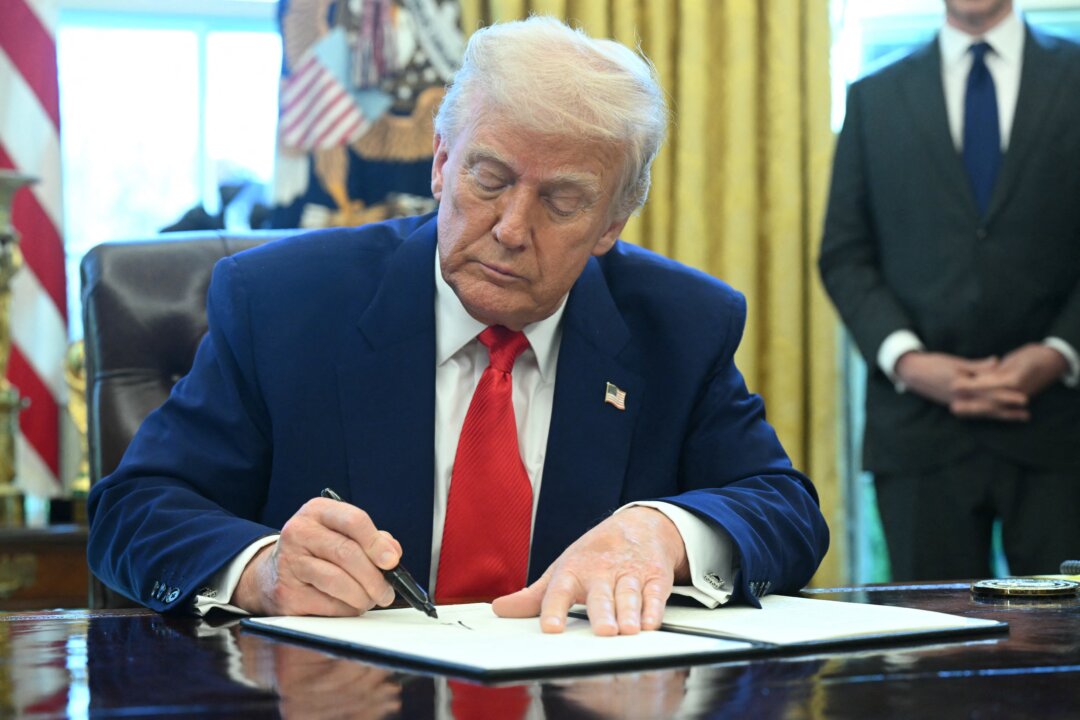US President Donald Trump's indiscriminate new tariff policy, levelled against over 100 countries, is rooted in one basic, blunt equation: the larger a country's trade deficit with the US in 2024, the higher it will pay in tariffs—starting at a minimum of 10%. While Trump contends that this system will reduce trade imbalances and protect American industries, critics contend that it ignores significant economic realities, such as the contribution of services and variability in trade from year to year, the New York Times reported. Goods alone, services not included The equation leaves out banking, tech, and tourist services—industries where the US usually posts surpluses—meaning that tariffs on nations such as Switzerland and the European Union are inflated.
Bermuda, which specialises in exporting financial services, is a beneficiary with a 10% tariff instead of 37% were services included. This exclusion benefits some countries and unfairly penalizes others. 2024-only data skews results The formula only works for 2024 trade figures and does not take into account past trends.

Equatorial Guinea and Kosovo, for example, had unusually low deficits during the previous year. They benefit from lower tariffs. If the administration had used a five-year average, their rates would have been significantly higher.
Conversely, Brunei and others would have benefited from lower rates. Tariffs imposed even on surplus countries Despite doing what Trump wants—a trade surplus with the US—Australia, Brazil, and Saudi Arabia are still subject to the minimum 10% tariff due to a universal floor rate. Removing this floor would reduce their tariffs to zero, bringing policy closer to matching trade performance.
Arbitrary decisions and exceptions The government also made discretionary choices, such as reducing the formula calculation "to be nice" by half and not applying it to large nations like Canada, Mexico, Russia, and North Korea due to stand-alone agreements or sanctions. Afghanistan was granted a tariff lower than the formula requirement without explanation. Iraq has a 39% tariff primarily on oil exports—despite oil being tariff-free—causing high duties on unrelated goods such as fabrics.
Widespread impact and ambiguity The rigid formula creates large tariff-rate fluctuations depending on the definition of variables. Switzerland's tariff, for example, would be 10% to 31% based on service inclusion and horizon used. Economists argue that such arbitrary inputs—and lack of transparency—create a distortionary and uncertain trade regime, risking economic blowback and foreign retaliation.
Flexibility or leverage? Though Trump insists the formula will stay, he has left the door open to country-by-country talks if the US receives "something phenomenal," leaving even more uncertainty about how long this policy will last and whether tariffs are being used more as leverage than as long-term strategy..
Politics

Trump’s tariff formula penalises trade deficits but overlooks key factors, triggering global trade distortions
















